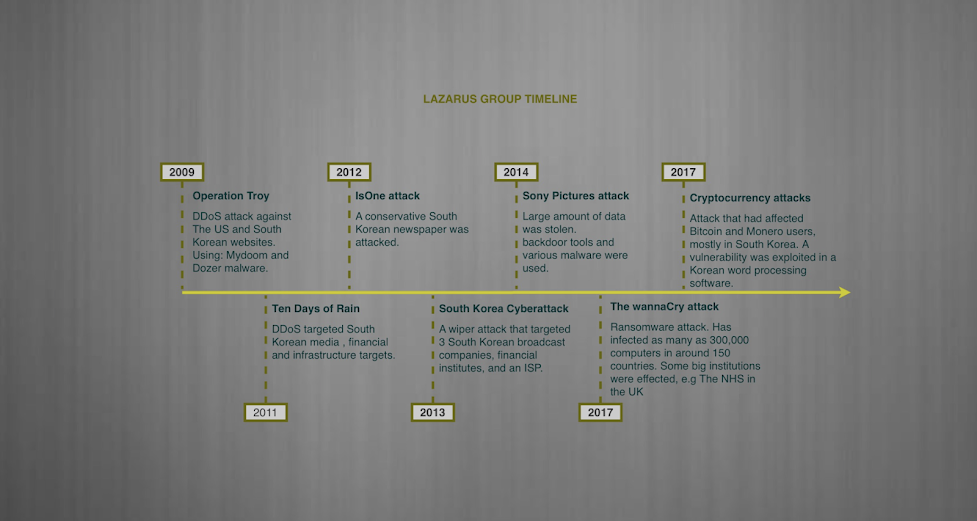Malware (initial idea one )
The malware industry is becoming more and more sophisticated. Malware developers(hackers) are changing their patterns continuously. Therefore, the developer must update the program every time new malicious software is released (Masud et al., 2011). This post will cover some facts about this malicious software.
So, what is malware? Malware is malicious software or malicious computer program. Malware comes in different forms, Such as worms, keyloggers, viruses, trojans, and spyware. Malware could infect the personal computer via email, website, or attached hardware device. (L. Hosch, 2020).
Owners of infected personal computers might not be aware of being attacked by malware. Hence they notice that their computer has become slower or find unidentifiable software that cannot be removed (L. Hosch, 2020). Therefore, PC's owners are encouraged to be conscious when receiving an email with a link, file, or attachment or click buttons in an online website or ads.
Finally, there is more than one solution to malware. First AV. Which we can install by paying for a subscription in one of the AV engines. Anti-Viruses might help using two method scanning and to detect the malware signature. Hence, if a suspicious file program or application were detected, it would be either deleted, quarantine, stopped, or give the user a notice. Second Firewalls, which could also be included in a package with the AV. But in order for this security software to work efficiently, it needs to be regularly updated (Davis et al., 2009).
 |
| Author's work |
References :
- Davis, M., Bodmer, S., LeMasters, A., and LeMasters, A., 2009. Hacking Exposed. [ebook] New York, USA: McGraw-Hill Professional Publishing. Available at: <https://ebookcentral.proquest.com/lib/dmu/reader.action?docID=4657740> [Accessed 22 October 2020].
- Hosch L., W., 2020. Malware. [online] Britannica Academic. Available at: <https://academic-eb-com.proxy.library.dmu.ac.uk/levels/collegiate/article/malware/474439> [Accessed 17 October 2020].
- Masud, M., Khan, L., Thuraisingham, B., and J. Andreasson, K., 2011. Data Mining Tools For Malware Detection. 1st ed. [ebook] Auerbach Publishers, Incorporated, p.43. Available at: <https://ebookcentral.proquest.com/lib/dmu/reader.action?docID=826949> [Accessed 17 October 2020].


Very interesting Reema, just a few points to raise:
ReplyDelete1) In text citations should only have the surname of an author and the publication date.
2) When we have more than two authors we use only one surname of the author and et al. e.g (Mohammed et al., 2020)
3) You can expand on this and discuss some mitigation strategies for protecting computers, mobile devices and networks against malware.
4) Your reference list is not visible.
Good work in general, keep it up!